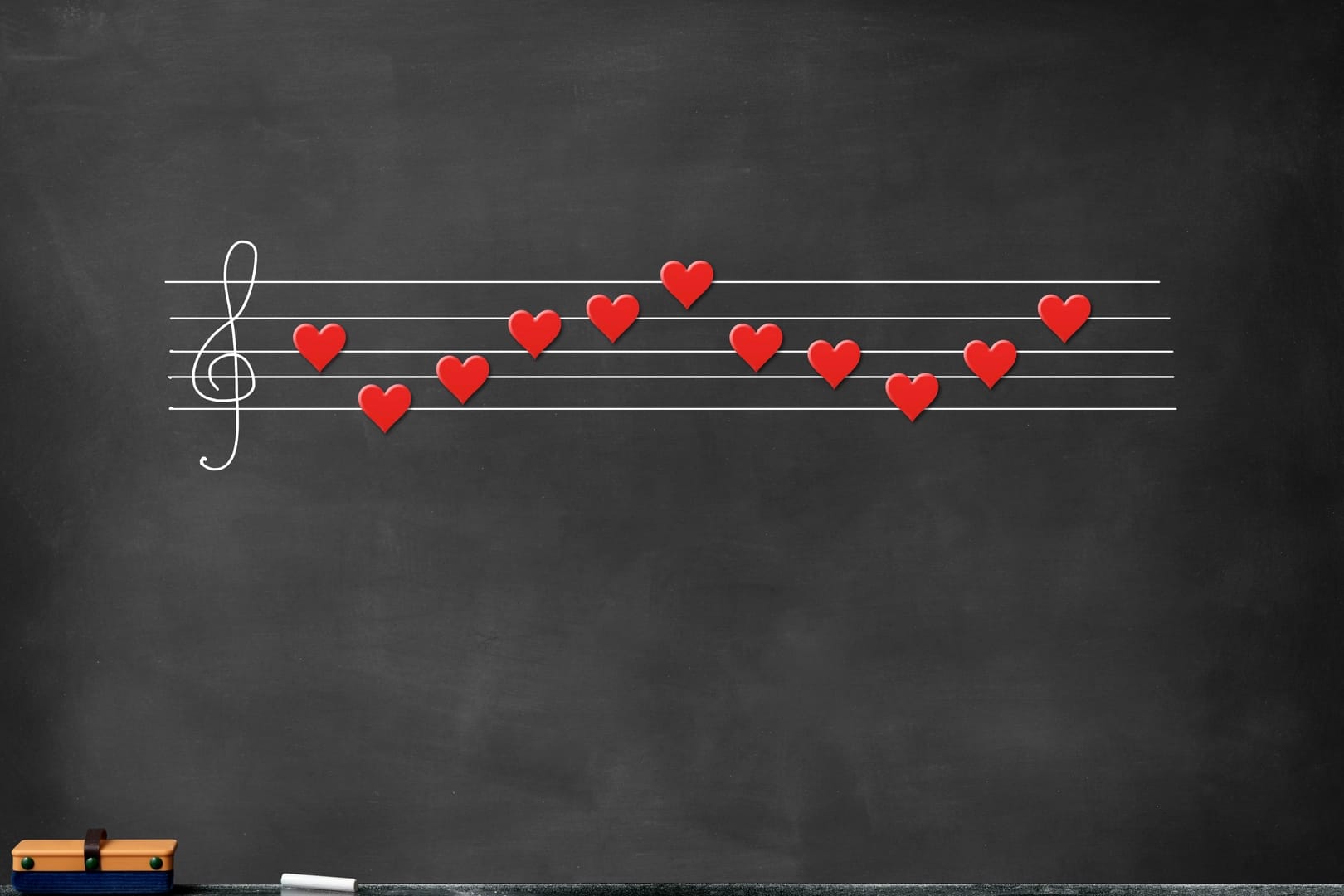
Alban Berg | Photo by Max Fenichel
Berg’s Lyric Suite is a highly expressive string quartet that was written in 1926. It wasn’t until 50 years later, that musicologists discovered that the piece actually contained a secret dedication and a hidden narrative of Berg’s love affair with Hanna Fuchs-Robettin. I spoke to with musicologist Charlotte Erwin
This secret narrative begins with the suggestive movement titles: amoroso (lovingly), appassionato (passionately), estatico (ecstatic), and delirando (delirious). The music then has covert, and not so covert, musical references to the love affair including the composer using his initials (‘AB,’ the German notation for A and B-flat) and Hanna Fuchs-Robettin’s initials (‘HF,’ the German notation for the notes B and F) into the piece. Berg also quotes the famous “Tristan chord” from Wagner’s opera Tristan und Isolde, an opera about the tragic the adulterous love of Tristan, the nobleman, and Isolde, the Irish princess.
As a final hidden message, Berg uses numerology as a secret code in the piece too. He uses the number 23 to represent himself and assigns Hanna Fuchs-Robettin the number 10. Berg then structured sections of the string quartet in increments and divisions of these two numbers.
Alban Berg by Charlotte Erwin and Bryan R. Simms was recently released as part of Oxford University Press’s Master and Musicians Series.







